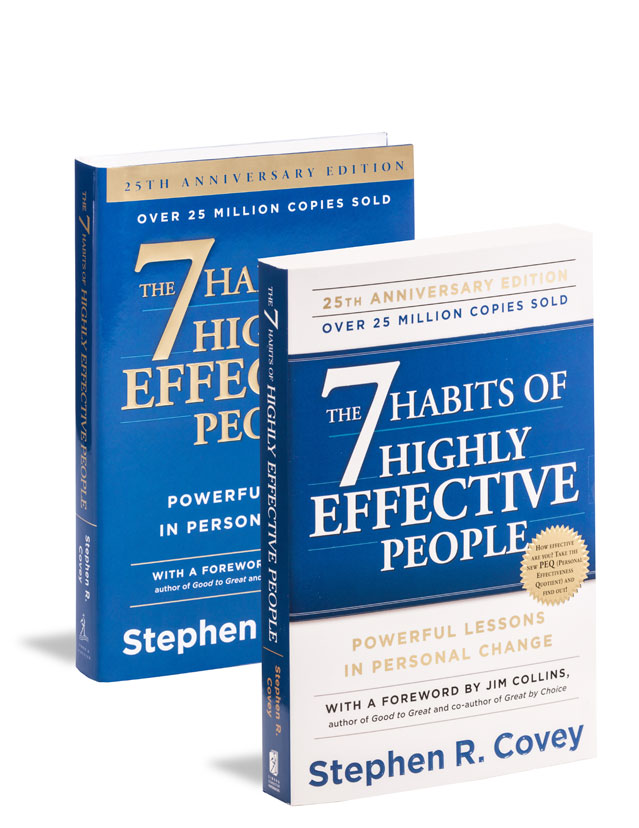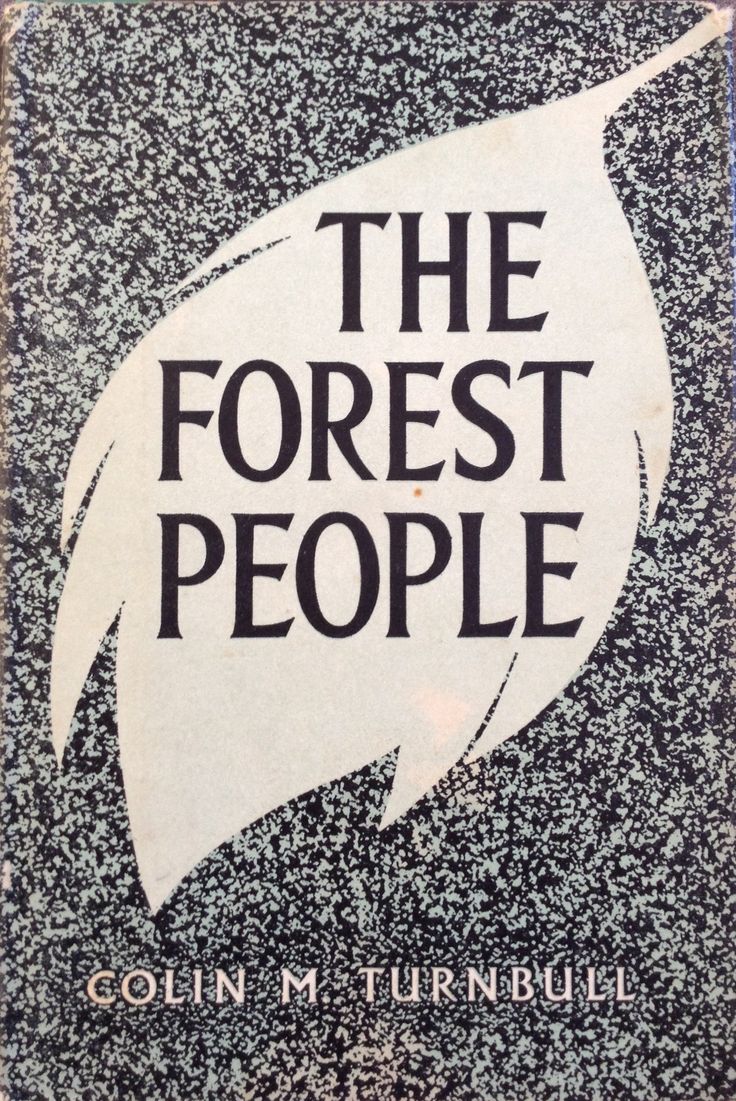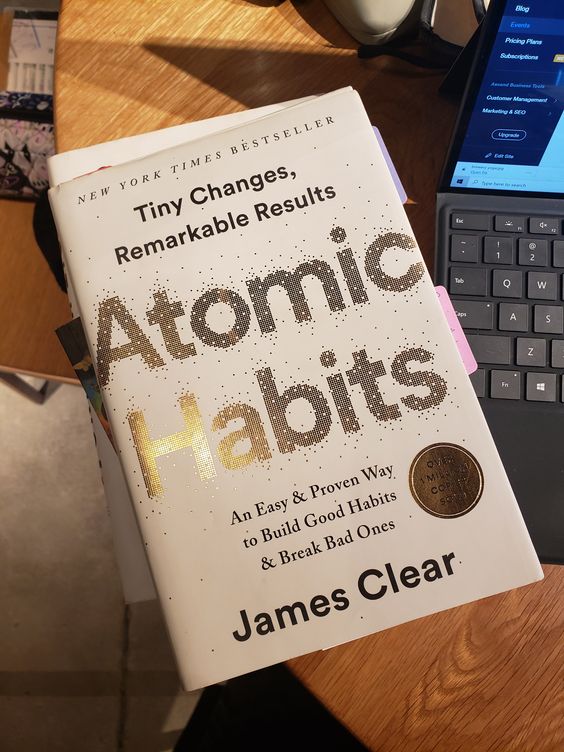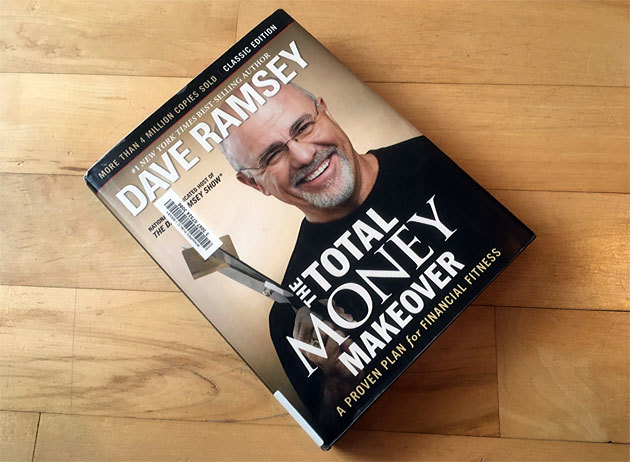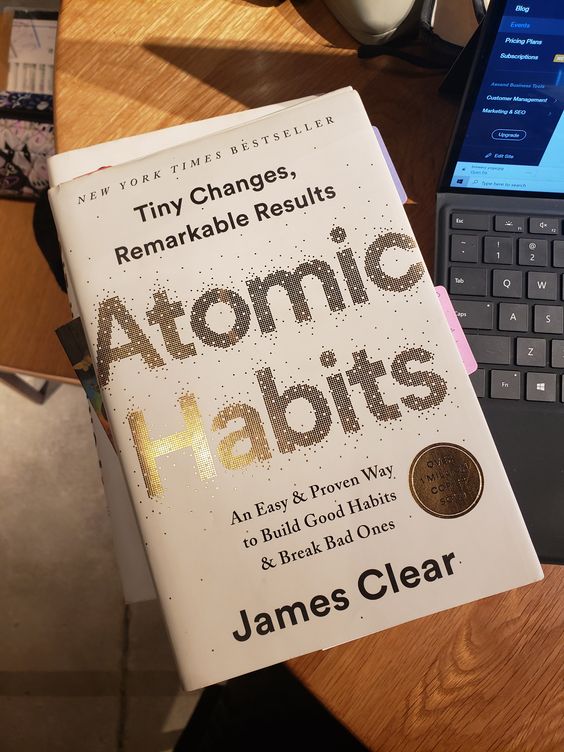Atomic Habits Chapter 9-14 Book Summary
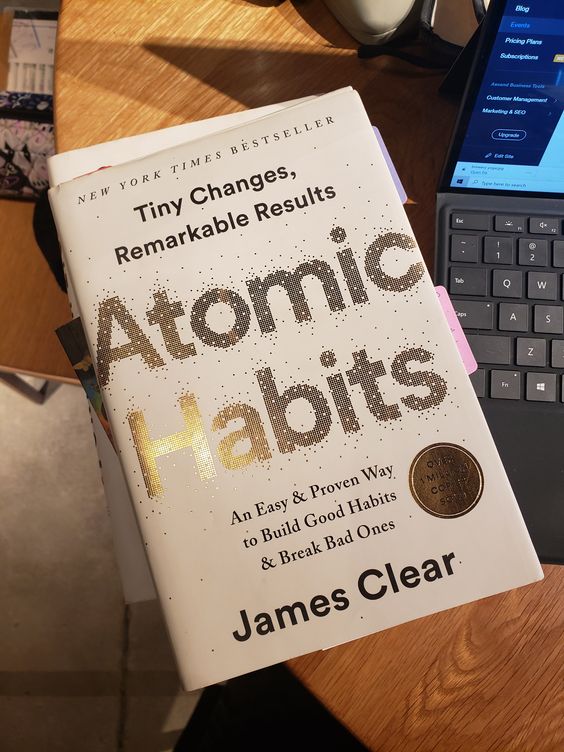
Chapter 9: The Role of Family and Friends in Shaping Your Habits
In chapter 9 of the Atomic Habits book by James Clear, he points out that family and friends shape people’s habits. In our day-to-day events, we tend to imitate the habits and behaviors of our close individuals, including friends and family, our tribe and prestigious people with high status. Such happens because humans have a strong desire to belong to a culture.
Clear argues that since others influence our habits, one of the key ways of developing good habits is through joining a culture where;
- Our desired behaviors are normal to them
- We have things in common with other group members.
Once we join such a group, the group’s normal behavior tends to overpower our individual desired behaviors. In most cases, we would rather be wrong in a crowd than be right by ourselves. Hence, when a habit gets us approval, respect, and praise from others, we tend to find it attractive and vice versa.
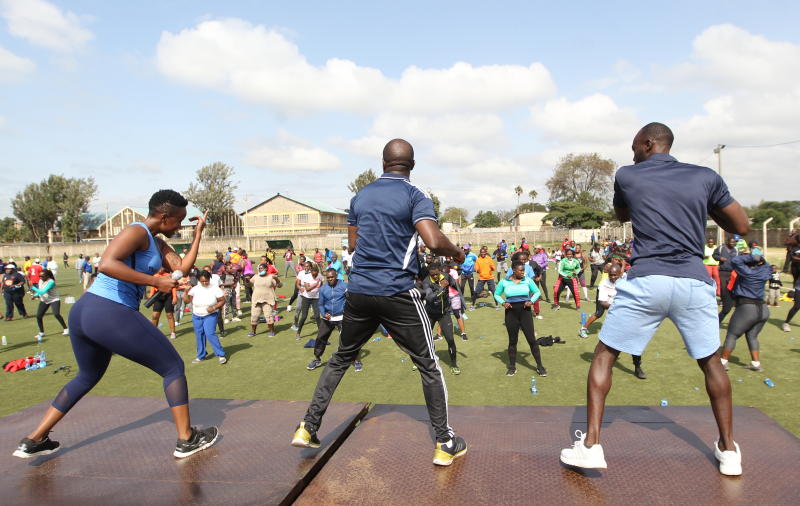
Chapter 9 Notable Quotes
- Your culture sets your expectation for what is “normal.” Surround yourself with people who have the habits you want to have yourself. You’ll rise together.
- The lone wolf dies, but the pack survives
Chapter 10 – How to Find and Fix the Causes of Your Bad Habits
Chapter ten of The Atomic Habits covers the inversion of the second law of behavior change, making it unattractive. From this chapter, we understand that every habit that we engage in has a surface-level craving as well as a deeper underlying motive. For example, one may not have a strong desire to smoke; on a deeper level, they may simply look forward to reducing uncertainties, relieving stress, fitting in, or receiving social acceptance.
We learn that the main cause of our habits is the prediction that precedes them. The prediction, in this case, results in a feeling. When facing a bad habit you want to change; the first step should be highlighting its bad consequences to make it unattractive.
Chapter 10 Notable Quotes
- Habits are attractive when we associate them with positive feelings and unattractive when we associate them with negative feelings. Create a motivation ritual by doing something you enjoy immediately before a difficult habit.
- The cause of your habits is actually the prediction that precedes them. The prediction leads to a feeling.
Chapter 11: Walk Slowly, But Never Backward
This chapter covers the 3rd law of habit development: “Make it easy.” According to Clear, the most effective way to learn behavior is by practicing it and not planning. In this case, habit formation becomes a process where our behaviors become progressively more automatic through repetition. With enough repetitions, the process of making a habit becomes a more unconscious act known as automaticity.
Chapter 11 Notable Quotes
- The amount of time you have been performing a habit is not as important as the number of times you have performed it.
- You need to string together enough successful attempts until the behavior is firmly embedded in your mind and you cross the Habit Line.
Chapter 12: The Law of Least Effort
According to this chapter, human behaviors tend to follow the law of the least effort. In this case, we naturally navigate towards choices requiring less work. So, when developing a habit, create an environment where doing the desired action is as easy as possible.
On the contrary, when looking forward to breaking a behavior, increase the friction associated with it. When friction linked to a habit is high, maintaining that habit becomes challenging. For example, if you are addicted to social media platforms, you can uninstall the apps. If you watch a lot of television, removing batteries from the remote and having to put them every time you want to use it creates friction.
Chapter 12 Notable Quotes
- If you can make your good habits more convenient, you’ll be more likely to follow through on them.
- The greater the friction, the less likely the habit
Chapter 13: How to Stop Procrastinating by Using the Two-Minute Rule.
In this chapter, Clear begins by describing what decisive moments are. According to him, they refer to moments conducted throughout the day, resulting in outsized impacts on the rest of the day. Creating positive habits during decisive moments will likely increase our chances of accomplishing our full potential.
How do we nurture habit shaping? According to Clear, if we want to develop a habit, we should break it down into smaller activities that take less than 2 minutes. The main point for doing this should not be to enjoy rewards. On the contrary, this ensures habits are easily incorporated into our daily lives.
Chapter 13 Notable Quotes
- Make habits easy to start, and the rest will follow
- What you want is a “gateway habit” that naturally leads you down a more productive path.
Chapter 14 – How to Make Good Habits Inevitable and Bad Habits Impossible
From this chapter, we learn that one of the best ways to break bad habits is by making it impractical to do. In this case, if you note that you have a bad habit, increase the friction when doing it until you give up on it. Such can be possible using commitment devices. What are commitment devices? According to Clear, commitment devices refer to “choices made in the present to control actions in the future.” For example, if you want to be consistent in the gym, pay for three months instead of one.
Chapter 14 Notable Quotes
- The best way to break a bad habit is to make it impractical to do.
- Commitment devices are useful because they enable you to take advantage of good intentions before you fall victim to temptation.
